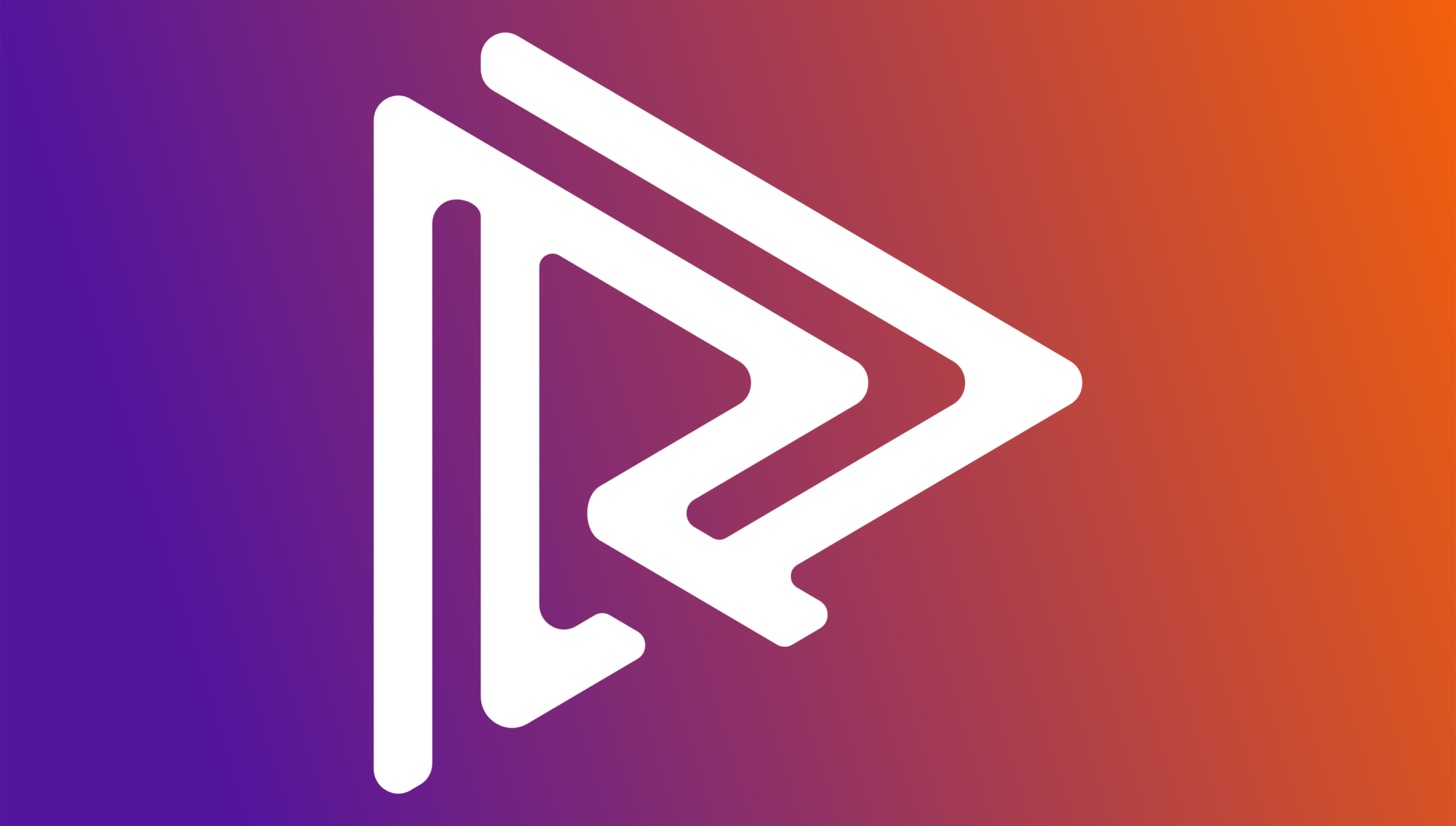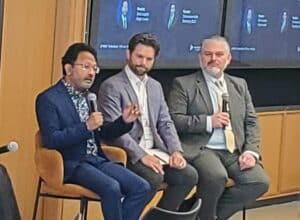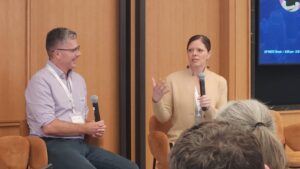This article originally appeared in Forbes.
In a year defined by the stark contrast of looming layoffs and a continued skilled worker shortage, it’s likely that 2023 will highlight the importance of HR’s role in leveraging data-driven insights.
At the end of last year, recruiting was a top priority for 46% of HR leaders, with enterprises revamping sourcing strategies to meet the demand. At the same time, 61% of business leaders were predicting layoffs at their companies. None of that slowed the nation’s quit rate, which landed at 4.1 million workers for the month of December 2022, the same time Robert Half’s “Job Optimism Survey” reported that 46% of professionals were looking, or planning to look for, a new job in 2023.
Such contradictory data can make an HR leader’s head spin. Figuring out how to manage it all on budgets tightened by economic instability is the icing on a very bitter cake. The answer?
In 2023, organizations need to be creative and efficient in their approach to achieving HR goals when using data-driven insights.
HR leaders need to synchronize talent acquisition, talent management and organizational skills mapping to create an agile and continuously growing workforce. By acting on AI-fueled, data-driven insights, enterprises can gain a better understanding of their organization’s job and skills architecture and plan for future skills demand—that is, if HR approaches talent intelligence properly.
HR’s Role In Talent Intelligence
Here are some tips for HR leaders on how to approach talent intelligence:
- Avoid the DRIP Problem.
To compete within the volume, speed and disruption of today’s talent landscape, data is king—but actionable information and knowledge are the castle. Amassing data for data’s sake holds little value and can often lead to a DRIP problem: being data rich, information poor. Conversely, organizing, analyzing and interpreting data can provide rich knowledge and actionable insights needed to fuel better business decisions.
Given the continued talent shortage, expedited skills identification can be a great differentiator for high-performing recruiting teams. To source, screen, hire and retain the right employees with the in-demand skills needed for business success, enterprises should focus on harnessing the true value of data. By actively converting insights into strategies, HR leaders can proactively address skills gaps, plan for future skill needs and develop a more engaged workforce.
- Consider starting with job architecture and skills mapping.
To remain competitive and future-proofed, HR innovators should evaluate the skills their employees have, those they need and those that will likely become critical in the future.
More HR leaders are starting with job architecture, building a skills framework using unified skills language to better understand their people and spot hidden talent, diverse capabilities and skills gaps. They can then deploy talent efficiently during times of rapid change, scaling teams up or down as needed. Given the economic uncertainty, knowing where the risks lie can empower HR innovators to upskill, reskill and redeploy—rather than lose—good people.
- Don’t fall victim to talent scarcity.
Today’s talent shortage has negatively impacted businesses for well over a year, with more than 77% of CEOs reporting the ability to hire and retain skilled talent as an important factor in achieving growth. Traditional sourcing strategies aren’t enough; HR leaders must be more targeted and efficient than ever to navigate inevitable shifts in the market.
HR leaders can aim to expedite time and labor-intensive tasks—like scanning CVs for skills—so talent acquisition leaders can focus on more complex work. The goal is to find the right people quickly and accurately. In working alongside talent intelligence, HR leaders should focus on skills-based candidate profiling to revive past candidates as additional potential hires.
- Focus on internal mobility for talent retention.
Pursuit of the right talent doesn’t end once HR leaders hire people into open roles. Enterprises must proactively “recruit” their employees throughout their tenure via professional growth opportunities. Employees without a clear vision of their future within their organization are statistically more likely to leave.
Career development for today’s workers means learning and evolving within a multidirectional framework, with space to explore open roles, projects, gigs or mentorships, and with access to learning opportunities to reach them. As such, HR innovators can identify hidden talent within their workforce and visualize internal mobility pathways through skills development, increasing the likelihood that their best people will look for their next opportunity within the organization rather than leave to seek out other options.
Learning Curves And Challenges With Talent Intelligence
As HR leaders continue to define their role in the age of talent intelligence, it’s important to note the current limitations, challenges and learning curves associated with the technology.
Regulations And Responsible AI
As AI becomes more embedded in HR processes, so does the responsibility placed on enterprise leaders to manage the potential implications of AI adoption and to implement responsible AI principles. Responsible AI sources and screens applicants based on capabilities, masking demographics or other factors that can introduce unintended bias.
Regulations mandating bias audits, fairness algorithms and explainability to ensure responsible AI compliance are already on the rise. Regulations take shape from municipalities to states and globally, with compliance guidelines being defined in real time. Enterprises must continue tracking these developments to ensure their responsible AI parameters are in place.
HR Tech: What’s Working, What’s Not
Finally, the explosion of new technologies and AI-driven solutions in the HR space has put more data and automation in the hands of enterprises than ever before. HR leaders under pressure to make business decisions that fuel success, and to do so under tightening budget constraints, are taking a closer look at their HR tech stack to determine what’s adding value and what isn’t.
Overlap between HR tech solutions, or inefficiencies within them, represent an unnecessary expense that’s no longer considered the cost of business. Evaluate your tech stack to ensure there are no redundancies.
As 2023 continues to unfold, HR leaders can solidify their role in the age of talent intelligence.
retrain.ai is a talent intelligence platform designed to help enterprises hire, retain, and develop their workforce, intelligently. Leveraging Responsible AI and the industry’s largest skills taxonomy, enterprises unlock talent insights and optimize their workforce effectively to lower attrition, win the war for talent and the great resignation in one, data-driven solution.
Sources:
What Will HR Focus on in 2023? | Gartner | October 2022
When Does Your Salary Become a Threat to Your Job Security? | NASDAQ News | 2023
80% of workers who quit in the ‘great resignation’ have regrets, according to a new survey | CNBC make it | February 2023
Nearly Half of U.S. Workers Plan to Look for a New Position in the New Year | Robert Half | December 2022









 Starting off the day, keynote speaker Commissioner Keith Sonderling of the EEOC shared insights on the expansion of Responsible AI governance across the U.S., emphasizing that current regulations put the onus on businesses using AI systems to ensure they generate fair end results–
Starting off the day, keynote speaker Commissioner Keith Sonderling of the EEOC shared insights on the expansion of Responsible AI governance across the U.S., emphasizing that current regulations put the onus on businesses using AI systems to ensure they generate fair end results– Talk of Responsible AI continued into the first panel
Talk of Responsible AI continued into the first panel  In conversation with retrain.ai’s Amy DeCicco, Dr. Anna Tavis of the Human Capital Management Department at New York University and Dr. Yustina Saleh from The Burning Glass Institute posed provocative questions, encouraging attendees to think about questions like whether empathy is truly a skill or a trait, or how HR leaders can tell from a skills profile whether or not a candidate will be able to do the job needed.
In conversation with retrain.ai’s Amy DeCicco, Dr. Anna Tavis of the Human Capital Management Department at New York University and Dr. Yustina Saleh from The Burning Glass Institute posed provocative questions, encouraging attendees to think about questions like whether empathy is truly a skill or a trait, or how HR leaders can tell from a skills profile whether or not a candidate will be able to do the job needed. With more enterprises talking about transforming to an SBO model, Dr. Sandra Loughlin of EPAM Systems shared lessons learned from her company’s transformation, while Heidi Ramirez-Perloff discussed The Estee Lauder Company’s exploration into SBO strategy. Urmi Majithia of Atlassian delved into executing technology to help overcome the challenges of becoming an SBO, and Ben Eubanks of Lighthouse Research &
With more enterprises talking about transforming to an SBO model, Dr. Sandra Loughlin of EPAM Systems shared lessons learned from her company’s transformation, while Heidi Ramirez-Perloff discussed The Estee Lauder Company’s exploration into SBO strategy. Urmi Majithia of Atlassian delved into executing technology to help overcome the challenges of becoming an SBO, and Ben Eubanks of Lighthouse Research &  Following the panel discussion, Dr. Loughlin sat down for a one-on-one with retrain.ai CEO Dr. Shay David to go more in depth into EPAM’s experience developing a thriving SBO strategy, sharing benefits, pitfalls and lessons learned along the way.
Following the panel discussion, Dr. Loughlin sat down for a one-on-one with retrain.ai CEO Dr. Shay David to go more in depth into EPAM’s experience developing a thriving SBO strategy, sharing benefits, pitfalls and lessons learned along the way. No discussion around Responsible HR would be complete without an exploration of the huge impact ChatGPT and other
No discussion around Responsible HR would be complete without an exploration of the huge impact ChatGPT and other 
